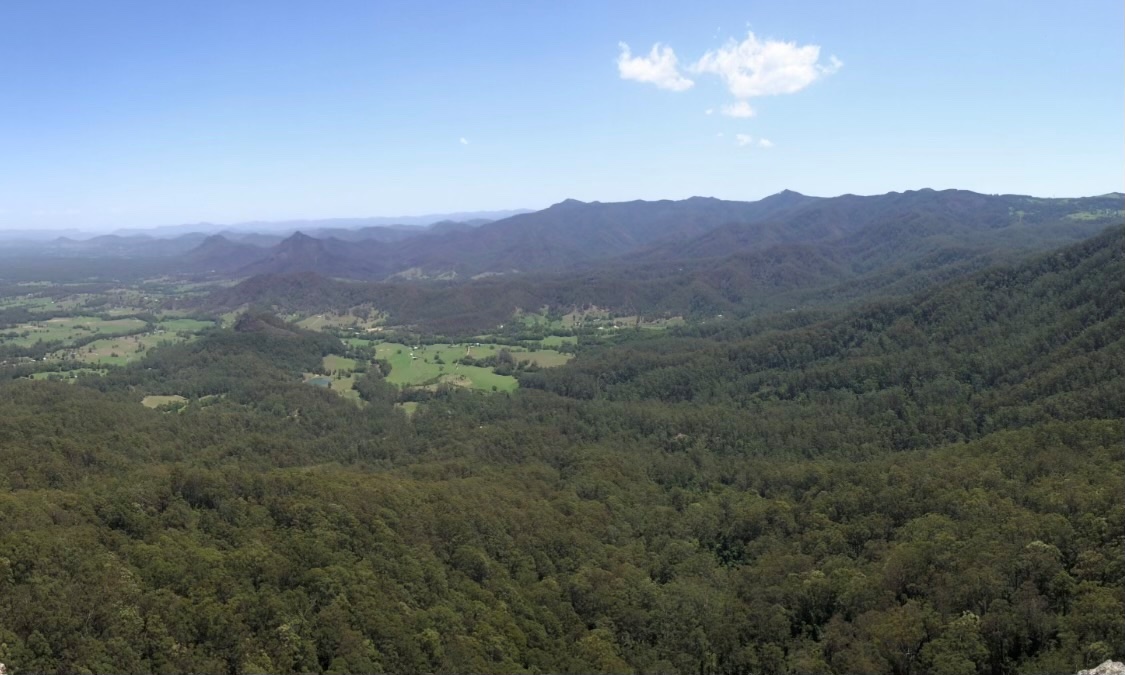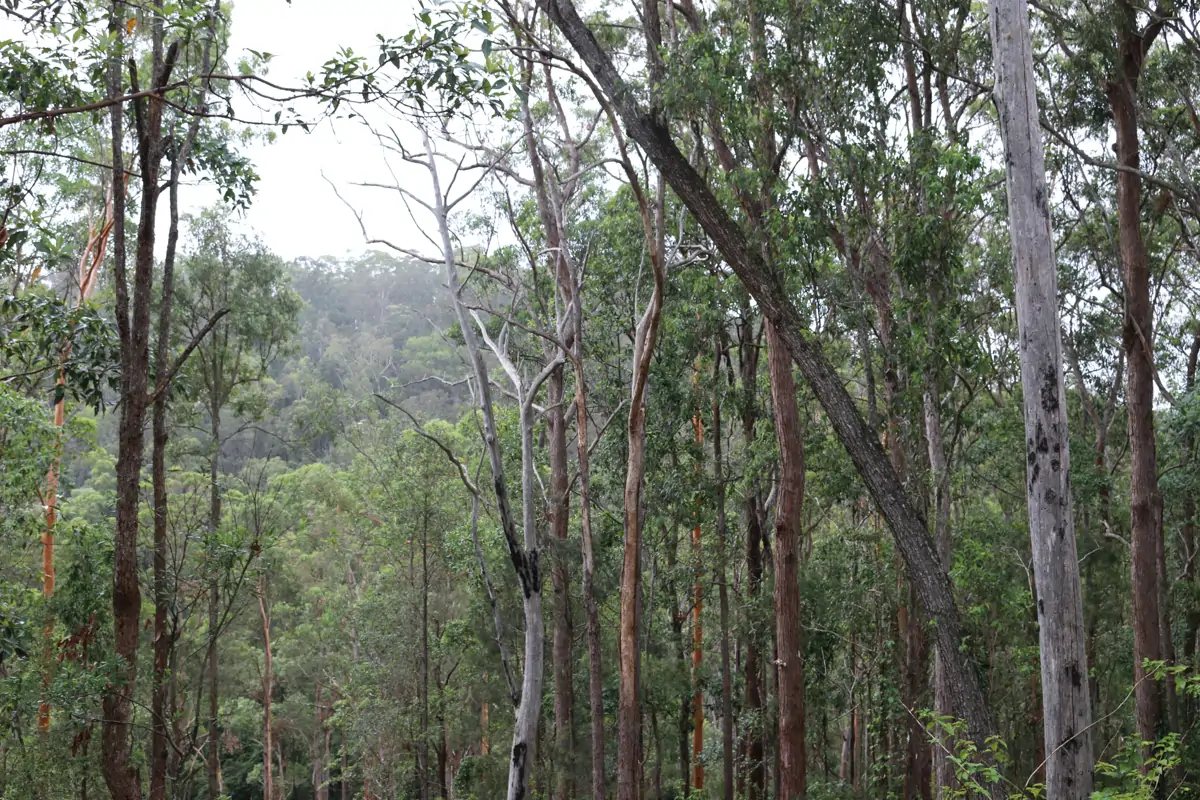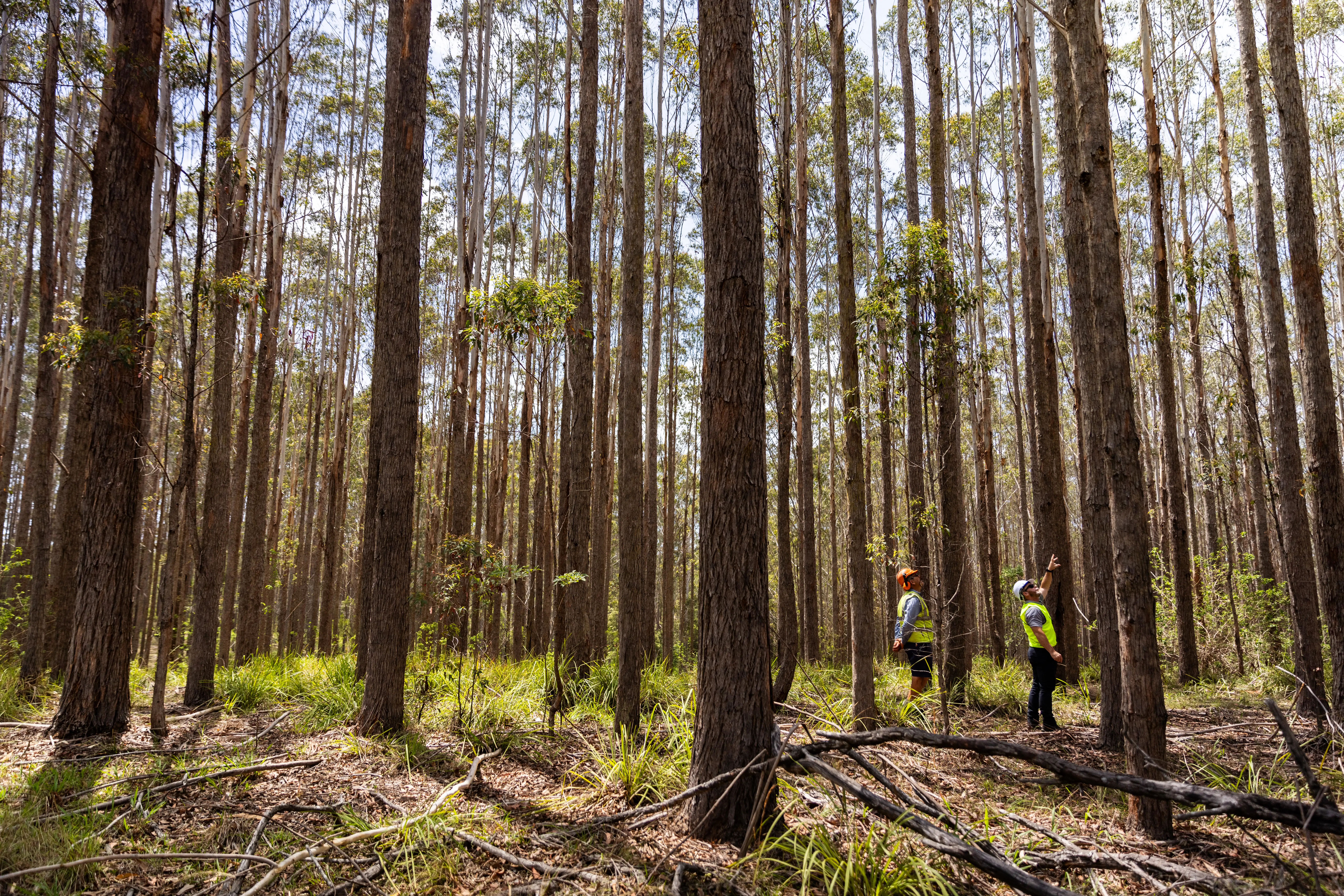The NSW State Government has a dedicated Forest Science department, focused on assessing and quantifying forest values in accordance with rigorous scientific standards. NSW Forest Science consists of four teams allocated to Forest Ecology, Forest Health, Forest Resources and Forest Carbon. In this blog, we take a look at the science and research behind sustainable forest management, and the scientific evidence that underpins the forest management techniques within these four core areas of forestry.
Forestry Ecology
The Forest Ecology & Biodiversity team researches the effectiveness of current forestry management regulations and practices and their impacts on forest ecology including those on any threatened and endangered species. Recent research has looked at the impacts of timber harvesting on koalas, forest bats and other flora and fauna.
The koala monitoring research concluded that regulated timber harvesting does not reduce koala density in northeast forests of New South Wales (Law et al). Over the past 4 years, the NSW government has invested in a ‘Countryside Koalas’ monitoring project specifically focussed on koalas located in privately owned forests. Landowners are invited to join this acoustic research on koala occupancy.

In 2018, the research team released their findings of the impacts of forest thinning of River Red Gums on other flora and fauna in the two years following the thinning operations. It was found that short-term fauna responses to thinning were generally neutral or positive. There was no change in the richness of birds, insects and mammals, there was however a change in the type of mammals actively present with a decline in possum activity and a significant increase in bat activity (Gonsalves et al).
Forest bats are great indicators of ecological health, and so were selected for research as part of a 14 year study comparing bats in harvested and unharvested forests. This research found bat populations were not compromised by timber harvesting concluding that sustainable timber harvesting may actually help with climate refugia (Chidel et al).
Read more about sustainable forestry protecting Australia’s forest dwelling wildlife.
Forest Health
The DPI’s Forest Health team conducts forest health surveillance of both planted and native forests across NSW, focussing on early detection, management and impact research of forest pests and diseases. They also conduct research into improved surveillance techniques and share this information with the forestry sector, enabling forest managers to apply findings of scientific research into their management practices.
Recent research includes a 2019 Post-border forest biosecurity in Australia: response to recent exotic detections, current surveillance and ongoing needs and an evaluation of the costs and benefits of managing biosecurity threats to Australia’s plantation industry.
Forest Resources
‘There is a growing requirement for forest managers to monitor and report on the sustainable management of forests. This in turn requires the application of accurate, repeatable and affordable methodologies aimed at measuring a suite of economic, ecological and social values, as well as productivity and vegetation recovery’. (Department of Primary Industry).
The Forest Resources assessment team has scientific expertise in a number of monitoring and assessment tools and methodologies including remote sensing, spatial modelling, biometrics and ground measurement. Through such they are able to deliver quantitative information on the status and trends present in NSW native forests and plantations.

The DPI’s forest resources team use many monitoring and assessment tools to quantify the status of native forests and identify trends.
This information and many of the tools are then made available to forest managers in their assessment of forests for sustainable harvesting and forest valuation. They are also to monitor forests over time using satellite imagery, which can also be used to map and assess fire impact on forests.
Forest Carbon
The research from the Carbon team provides scientific backing for sustainable management of forests and the climate benefits of using timber products. Research covers topics such as:
- Sources of biomass for bioenergy production
- Carbon footprints of wood products
- Carbon dynamics of timber origin products in landfill
- Alternative fuel load reduction methods
- Carbon reduction benefits of forestry activities
Recent research specific to the NSW North Coast identified the opportunity for bio-energy production, with enough forest management residues (biomass) to power 200,000 homes, with no adverse impacts on the environment.
Read more about carbon and wood as a sustainable resource

With over 300 peer reviewed scientific publications the NSW DPI Forest Science team have provided a wealth of evidence based research to inform the recommended sustainable management practices of forest management. At Sustainable Forest Management we operate at the forefront of the industry using practices backed by science, leading Australia’s private native forest into a long term, healthy and sustainable future.
With several decades of experience in forest management, we can help your forest get in better shape to ensure its value as a long-term asset for generations to come.
We encourage you to get in touch with us today for a free no-obligation assessment for opportunities to turn your native forest into a diversified income stream and long-term asset for your farming business.



